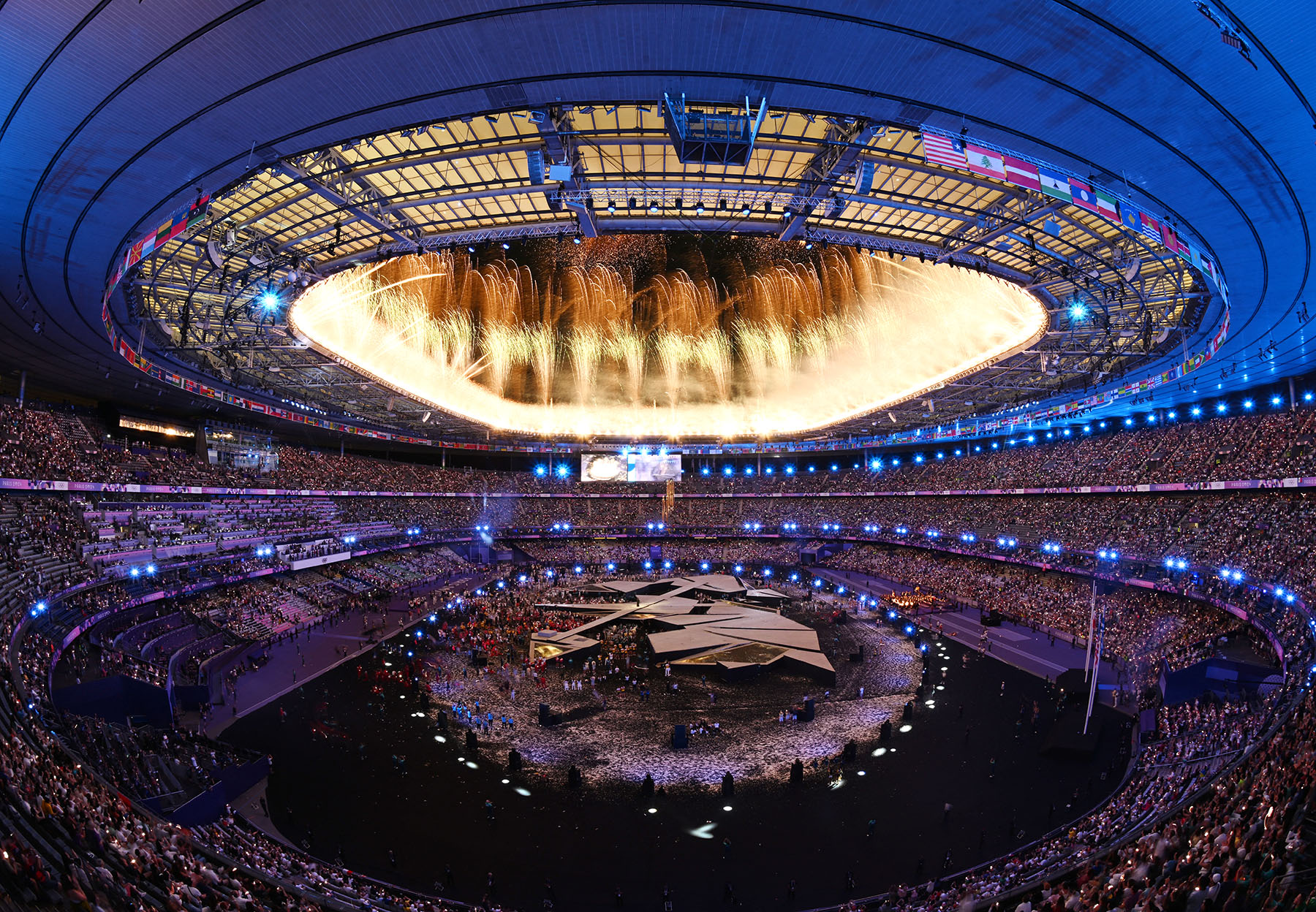
The central authorities sent a congratulatory message to the country's Olympic delegation on Sunday for their accomplishments and sportsmanship at the Paris Olympic Games. China finished second in the overall medal table at the Games, with 40 gold, 27 silver and 24 bronze medals, marking the country's best performance at an overseas Olympic Games.
Apart from commending their outstanding athletic performances and achievements in the message, the central authorities also urged relevant departments to take more concrete actions to promote the vigorous development of mass and youth sports.
READ MORE: Team China's gold rush delivers a perfect finish at Paris Olympics
It is the fast development of sports at the grassroots level that has laid a solid foundation for the Chinese athletes' dazzling performances on the world stage. More and more people, especially youth, participate in sports, which helps expand the talent pool for competitive sports. Also, a modern sports industry system has been formed that provides support for scientific training and the development of sports.
There were 4.59 million sports venues in China last year, and the area of public sports venues exceeded 4 billion square meters for the first time, reaching 4.07 billion sq m. Thanks to that, about 38.5 percent of the population regularly participate in physical exercise. The country has set the goal of raising that level to above 45 percent by 2035.
But although the per capita area of public sports venues in China, 2.89 sq m, last year was up 10 percent from 2022, it lags far behind that of developed countries — 16 sq m in the United States and 19 sq m in Japan. Not to mention that most of the public sports venues run by schools and government institutions, which account for more than 60 percent of the national total, are not open to the public even during the holidays. If these sports venues are taken into account, there is a 15-minute sports venue circle for most neighborhoods in Chinese cities, an objective the government is striving to realize, but the circle exists only on paper.
The lack of sports venues has thus turned out to be a primary bottleneck restricting further development of mass sports in the country. It is necessary to increase the supply of public sports venues and facilities, not only by building new ones but also by making full use of the sports facilities and resources that already exist.
Since the maintenance of even the idle public sports venues is a heavy burden on the government budget, it does not make sense to continue to allow that to happen while the people are in a dire need of sports venues. The top three public sports venues are basketball courts, fitness trails and table tennis courts, accounting for 70 percent of the total number of sports venues. While the number of venues and facilities for soccer, swimming, tennis and ice and snow sports, which are becoming increasingly popular among young people, is still significantly small.
ALSO READ: Chinese athletes did well, not just in competition
Apart from that, the government should improve the public fitness guidance services, implement a national physical fitness monitoring system, encourage sports stars and other sports professionals to participate in fitness science activities, and promote the research and popularization of scientific fitness knowledge and methods.
All these will be conducive to promoting the high-quality development of the overall sports industry, which will in turn stimulate sports consumption.
Thanks to the inspiring performances of Chinese athletes, the Paris Olympics should not only "ignite the patriotism of Chinese people both at home and abroad, uplift the national spirit, and unite the people towards progress", as the central authorities' congratulatory message reads, but also prompt relevant departments to work together to create more space and opportunities, and improve relevant public services and guidance for the people to do exercise, and make the national fitness campaign a success.


